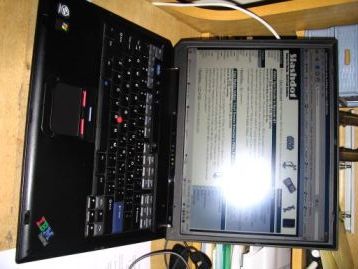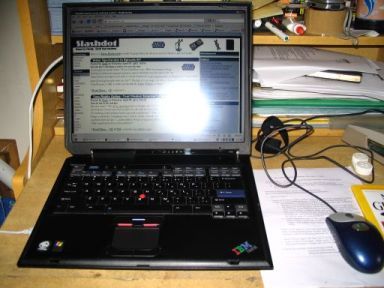I reluctantly dragged my feet to Taft earlier this afternoon to attend my only summer class, a course in guidance and counseling. I was so early that, inadvertently, I was even earlier than our professor. The strange thing about it was that she seemed to make a big fuss out of punctuality, as I was the very first student she called on to ask why I was early and seemed to be in deep thought when she arrived. Boom. Good shot, without even trying. (Bah.)
Anyway, she seems to like students who speak their minds out. The class is very opinionated, with smatterings of issues in education here and there. In a nutshell, a very "CED-like" class, where discussions about education are very prevalent. She also prefers students sharing a thing or two about the class agenda for the day, having assigned different groups to study particular topics and discussing them in front of the class. (Is this "learner-centered"?)
A run-of-the-mill class, if you ask me.
(She is a *clinical psychologist*. The ones who observe and evaluate the behavior of people. Scary. :D
Emerging trends
China is starting to flex its muscles, like an awakening dragon, while Japan struggles to retain its preeminence and influence in the region. China recently enacted a law that essentially allows the use of armed force to retain sovereignty. China continues to reject US' pleas to remove its fixed currency exchange rates. Both the European Union and the US are mulling setting up tariffs to prevent the dumping of cheap clothing from China. China, being a developing nation, is eating up resources voraciously--oil and steel in particular. In fact, the worldwide steel industry may owe its recovery to China alone. And we have to thank China (not to mention the US) for the continued high oil prices in commodities markets everywhere.
On the other side of East Asia, a considerable number of members from Japan's Diet (parliament) recently visited Yasukuni shrine, while Beijing only recently (and perhaps reluctantly) clamped down on anti-Japanese demonstrations. Japan is cooly asserting its influence and interest in Asia, proven by numerous diplomatic visits and even the rhetoric of defending Taiwan in case of an armed aggression (by virtue of current agreements with the US). Its decision to approve a textbook that somewhat "glosses over" Japan's wartime atrocities make both Chinese and Koreans irritated.
What does all these tell us?
Honestly, I dunno. But I am sure that both sides will lose if they continue on doing this. For instance, Japan still contributes a considerable amount of aid to China, since the latter is still a developing nation. And trade between the two nations has never been better: the past few years saw the highest amount of trading ever in the shared history of these two nations. In addition, a combined effort is needed to rein in on their increasingly belligerent, nuclear wanting neighbor, North Korea. For all their differences, they stand to gain a lot if only they would continue the status quo.
But neither side is likely to back down. Given China's increasing desire to gain more influence in the region, Japan, which has been the enjoying the region's preeminent position for the past couple of decades, isn't likely to settle for second place just yet. If they are to go down in influence, they might as well do it fighting. Or trying.
Is this the new Cold War, as some analysts put it? I doubt it, although it may certainly come close to one.
Oh man, I gotta get my popcorn already... in time for the things bound to unfold in the near future.




